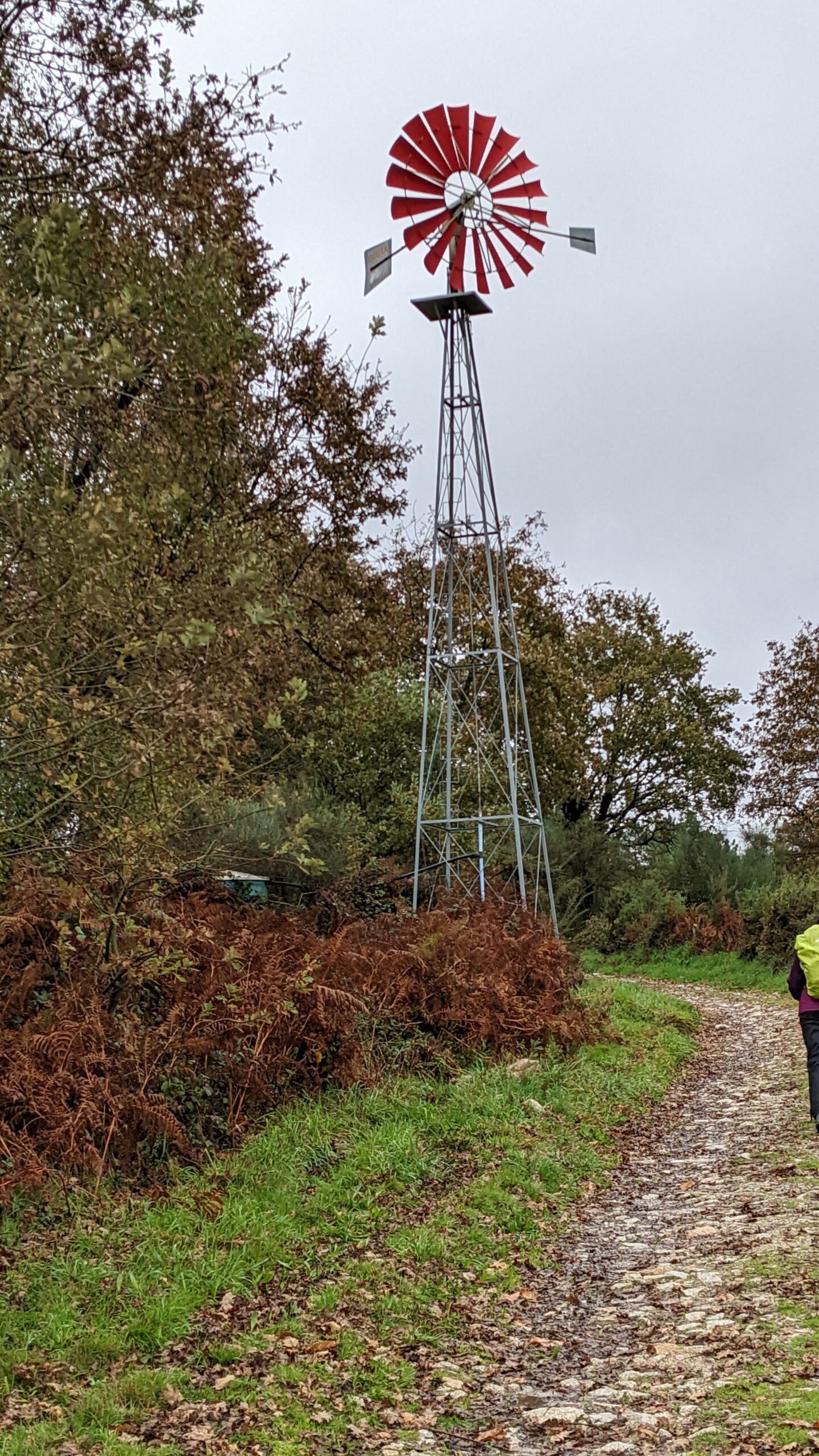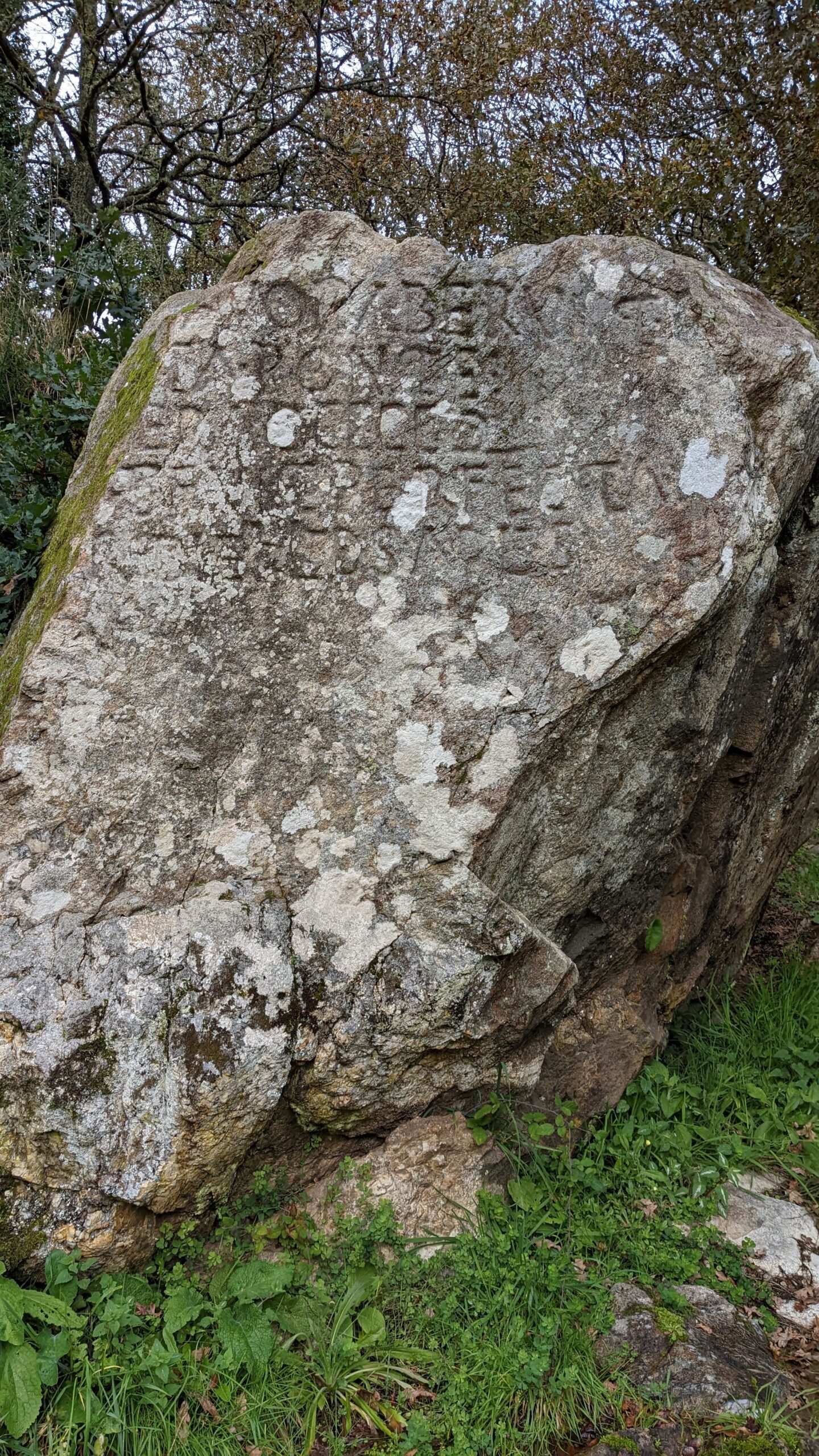
On the lesser-known Camino de Invierno, hidden treasures await around every bend. Far from the well-trodden paths of the more famous Camino routes, this trail weaves through the heart of Spain’s stunning landscapes and rich history. Pilgrims discover find its obvious delights – but there are hidden gems that sparkle unseen. From the vibrant street murals of Quiroga to the serene Church of Our Lady of Fatima in A Rua, join me as we uncover the hidden wonders of this enchanting route. These gems, nestled in the quieter corners of Northern Spain, offer a glimpse into the soul of the country, its people, and its past.
Let’s explore each of these treasures, revealing the unique charm and history that make the Camino de Invierno a path of unexpected delights and profound discovery. Let’s take the road less traveled and uncover the hidden gems of the Camino de Invierno together.

Street Art of Quiroga
Quiroga, a town wedged in the valley of the Sil, surprises with its vibrant street art. These murals, splashed across old stone walls, weave a tapestry of modern expression against the backdrop of historic charm. As we walked into town and then out on the main thoroughfare Rua Real in a cold winter rain, huge colourful murals leapt out at us – some whispering of the town’s past, others boldly portraying contemporary themes, turning Quiroga into a living, breathing art gallery under the open sky. And yes, right opposite a pilgrim albergue is a mural of..you guessed it, a pilgrim!

New Albergue at the Church at Diomondi
Next to the Church at Diomondi, the old Rectory, has found a new purpose as a welcoming albergue for pilgrims. You approach the church and albergue through a thick fog, with a cemetery over the road – sounds creepy, but it was beautiful and safe. The church itself, is adorned with intricate carvings of animals, speak of rural way of life. centuries past.
This albergue is more than just a place to rest; it’s a journey into the heart of history, where each stone has a story to tell.

Five Ways at the Capilla dos Remedios
At the Capilla dos Remedios, paths converge, not just physically but metaphorically, symbolizing the intertwining journeys of pilgrims throughout time. Standing at this bare crossroads, with its forlorn chape;, I felt the presence of every pilgrim who had passed this way. Why forlorn? Tragically the ancient forests have been stripped away in a raging forest fire, but that leaves magnificent views of the Sil valley below.

Castillo Cornatel near Villavieja
The majestic Castillo Cornatel, just past near Villavieja, is a stone Templar castle that once guarded these pilgrim routes. Its lofty towers and robust walls, perched high above the surrounding landscape, provides panoramic views that took my breath away. Inside, of you are in time, is a museum, with restored weapons, and glimpses of what life might have been like in ancient days.
The castle was used as a romantic setting for one of the first Spanish historical novels, El Señor de Bembibre,2 written by the writer Enrique Gil y Carrasco.

Old-Fashioned Windmill near A Eirexe
Close to the quaint village of A Eirexe, an old-fashioned windmill with its rustic beauty and simple design, seems untouched by the passage of time. It’s a picturesque reminder of the traditional rural life of Galicia, a silent yet eloquent tribute to the region’s agricultural past. While in earlier stages we crept along beneath towering modern windmills, this rustic steel one reminded me of the small ones we see in rural areas of Australia. A touch of home.

Ancient Roman Bridge with Inscriptions
The Roman bridge from the 9th century is a masterpiece of ancient engineering. It is now hidden deep in the valley, and overhead soar high modern bridges, but its mossy cobblestones and the rock are testament to this route being used by pilgrims for over a thousand years. As I crossed this bridge, I was struck by the thought of all those who had traversed it before me, each step a link in the unbroken chain of history that the Camino represents.

Church of Our Lady of Fatima at A Rua
In the small town of A Rua lies the Church of Our Lady of Fatima, a win towered church in a stone square with a fountain and ringed by older buildings, including a hostal or albergue. The church, with it’s rumored connection to Gaudi adds a touch of mystery, making a visit here not just a spiritual experience but also an exploration of architectural history. What drew me to it was its chimes, in the tune of Ave Maria.
Conclusion
Each of these hidden gems of the Camino de Invierno offers a unique window into the soul of Spain. They are places where history, art, and spirituality intertwine, creating a rich tapestry that enhances the pilgrimage experience. Exploring these sites, one finds not just beauty and serenity but also a deeper connection to the journey and to the countless pilgrims who have walked this path before.

A New Book is here
And you will find out more about these gems in that book, as well as more of our personal encounters.
